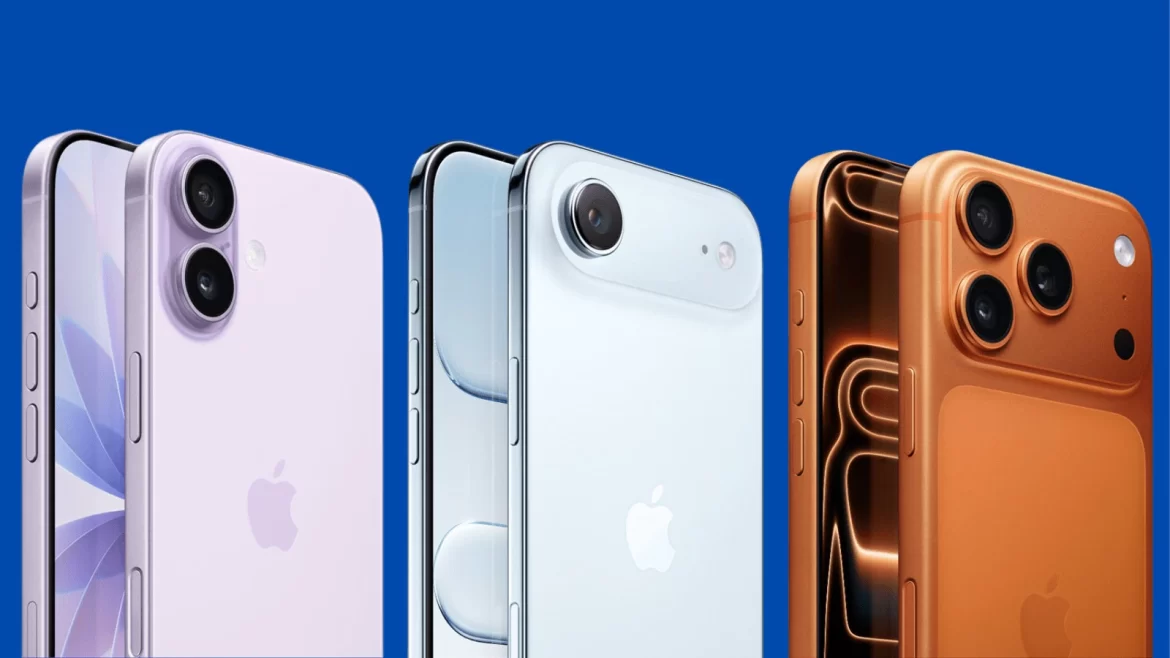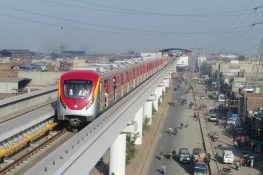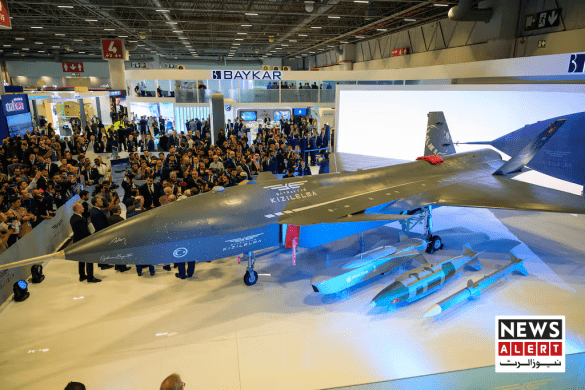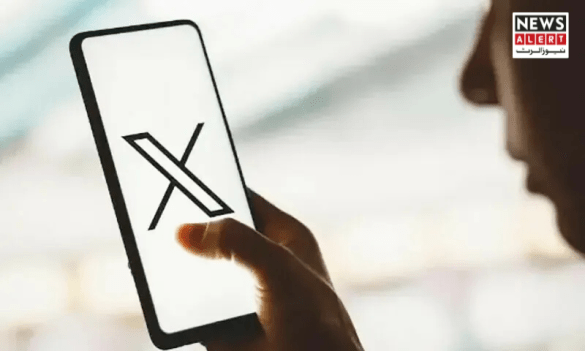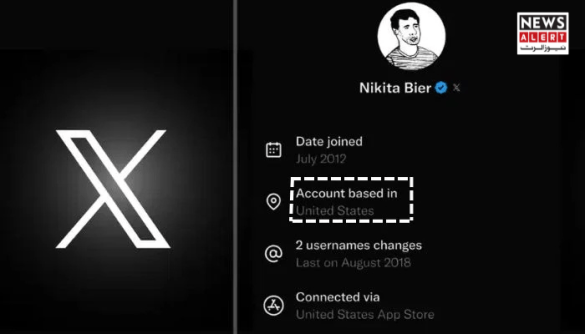Apple’s much-anticipated iPhone 17 lineup has officially gone on sale in Pakistan. The release includes four models: the standard iPhone 17, the iPhone 17 Pro, the iPhone 17 Pro Max, and a brand-new ultra-slim edition called the iPhone Air.
According to distributors, all devices have received approval from the Pakistan Telecommunication Authority (PTA). This ensures that buyers can use local mobile networks without compatibility issues and access warranty support through authorized channels.
Available Models and Prices
Apple’s latest phones have been introduced in multiple storage options, but the price tags are considerably higher compared to international markets. Below is the official pricing announced for the Pakistani market:
-
iPhone Air
-
256 GB: PKR 480,000
-
512 GB: PKR 563,000
-
1 TB: PKR 646,500
-
-
iPhone 17
-
256 GB: PKR 399,000
-
512 GB: PKR 482,500
-
-
iPhone 17 Pro
-
256 GB: PKR 520,500
-
512 GB: PKR 603,500
-
1 TB: PKR 686,500
-
-
iPhone 17 Pro Max
-
256 GB: PKR 565,000
-
512 GB: PKR 648,500
-
1 TB: PKR 732,000
-
2 TB: PKR 898,500
-
Why Are Prices So High in Pakistan?
Technology analysts note that Apple devices in Pakistan are significantly more expensive than in the United States, Europe, or the Middle East.
For instance, the iPhone 17 Pro Max (256 GB) costs USD 1,199 in the U.S. (around PKR 340,000 at current exchange rates). In contrast, the same model is being sold in Pakistan for PKR 565,000 — a difference of more than PKR 220,000.
Several factors contribute to this steep price hike:
-
High Import Duties: Pakistan imposes heavy customs charges on luxury electronics.
-
Sales and Customs Taxes: Additional levies push prices even further.
-
PTA Registration Fees: Every imported smartphone must be registered with the PTA to operate on local networks. This registration alone can add tens of thousands of rupees to the final cost.
Broader Economic Context
Pakistan has one of the highest mobile phone import tax rates in South Asia. To curb foreign exchange outflow and encourage local assembly, the government has steadily increased duties on imported devices over the past five years.
However, this has created a sharp divide in consumer access. While affluent buyers in urban centers such as Karachi, Lahore, and Islamabad can still afford the latest iPhones, middle-class consumers are increasingly turning to installment plans, refurbished models, or Android alternatives from brands like Samsung, Xiaomi, and Oppo.
Despite these challenges, Apple products remain highly sought after, with strong demand driven by the iPhone’s status symbol appeal and its integration with the wider Apple ecosystem.
Market Impact and Outlook
Retailers expect the initial stock of the iPhone 17 series to sell out quickly, despite the high prices. Many customers in Pakistan prefer to buy through official PTA-approved channels, rather than risk using grey-market imports that could be blocked from local networks.
Industry watchers believe that unless Pakistan reduces taxes or offers incentives for local smartphone assembly, prices of flagship devices will continue to remain unaffordable for the majority of consumers.
Still, the iPhone 17 series launch has created excitement among technology enthusiasts, who are eager to experience Apple’s newest features — including its thinner design, improved cameras, and extended battery life. However, some users worldwide have already raised early durability concerns, reporting scratches on the new models, which may influence buying decisions in Pakistan.

